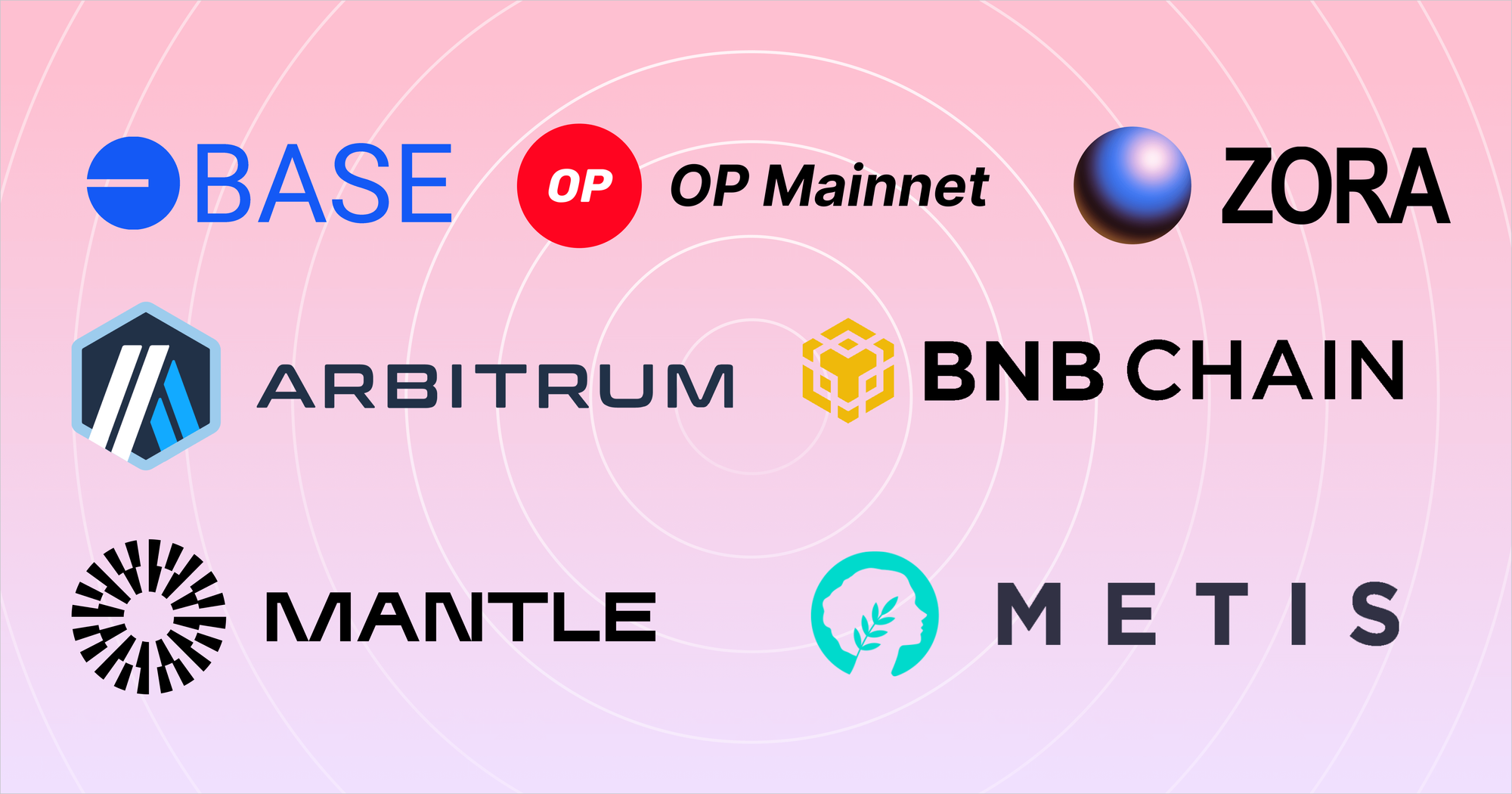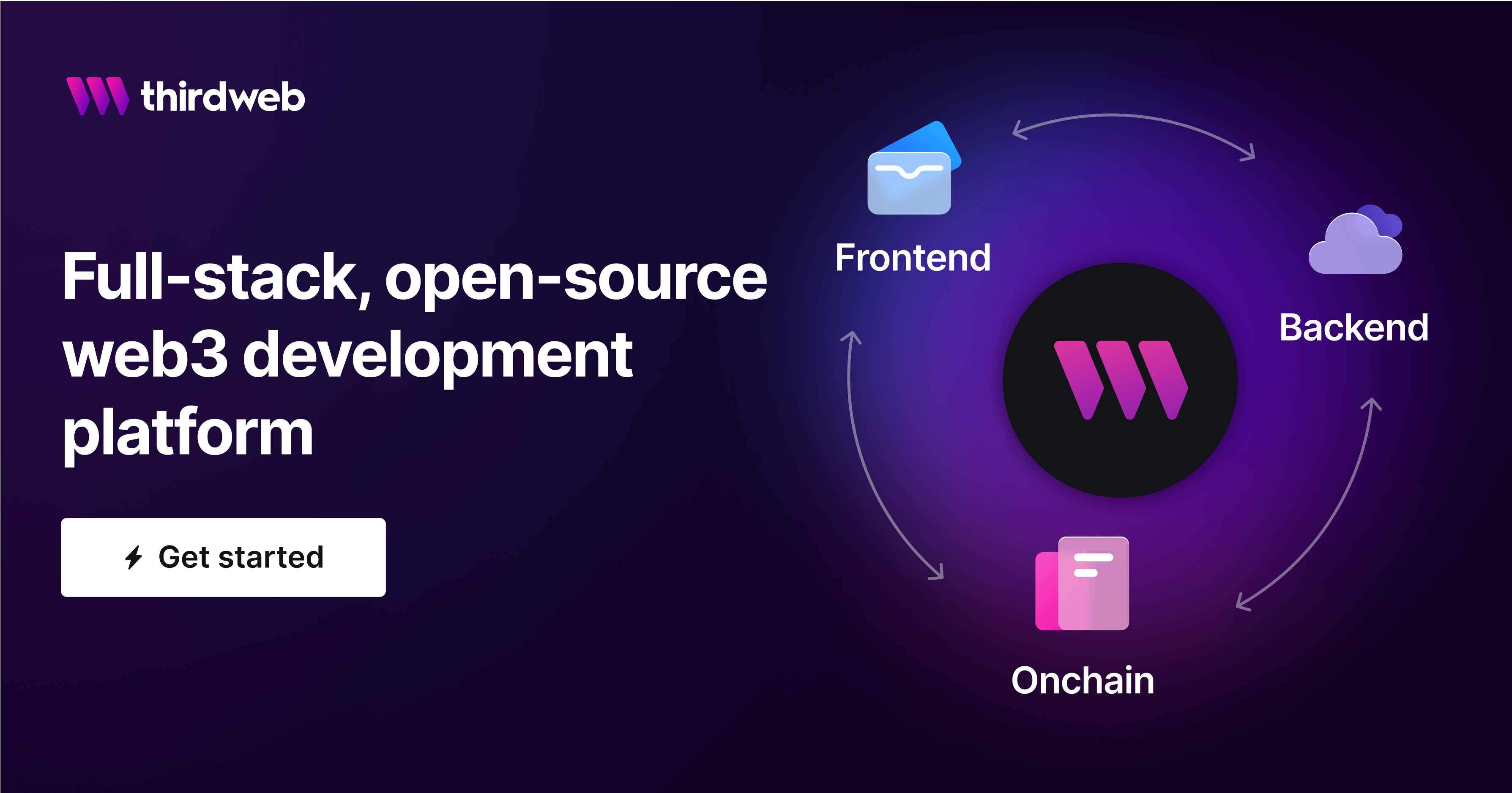What is an Optimistic Rollup?

Scaling has long been a challenge for Ethereum, causing bottlenecks and high fees. The average transaction fee on the network is expensive for the average user and at times, has reached as high as $200 and this is not a good sign for web3 in general.
Ethereum’s aim to serve as the backbone of decentralized finance (DeFi) and onboard masses is impossible with the status quo of inefficiencies.
To improve this situation, several layer 2 solutions have emerged. These are innovative protocols built on top of Ethereum to improve its scalability and efficiency. These solutions aim to offload a significant portion of transactions from Ethereum to a secondary layer, without sacrificing the mainnet’s security.
In this race of layer 2 solutions, optimistic rollups are a key contender.
But, what are optimistic rollups in the first place?
In this blog, we will dive deep into optimistic rollups, how they fare against other L2 solutions, and top examples of optimistic rollups in action.
What are optimistic rollups?
Optimistic rollups are a Layer 2 scaling solution for the Ethereum blockchain. They allow transactions to be executed off-chain while still leveraging the security of the main Ethereum chain. In this system, transactions are processed and bundled off-chain, then submitted as a single batch to the Ethereum mainnet.
The rollups are called "optimistic" because they operate under the presumption that all off-chain activities are valid. However, there's a "challenge period" during which participants can dispute a transaction's validity. This acts as a fraud-proving mechanism.
If the fraud proof is validated, the rollup protocol reprocesses the transaction and adjusts its state. Meanwhile, the sequencer who added the faulty transaction gets penalized.
Let’s understand the workings of an optimistic rollup better in the next section.
How does an optimistic rollup work?
We know that optimistic rollup is a layer-2 scaling solution that bundles multiple off-chain transactions into a single on-chain commitment. The rollups work roughly on the premise of the “innocent until found guilty” theory as the transactions are considered valid until they are proven wrong.
Now, how does this actually work?
Here are three major components of the working of an optimistic rollup:
1. Operators and Validators
Users initiate transactions that are sent to operators, also known as "validators" or "aggregators", in the optimistic rollup system.
Operators are tasked with collecting these transactions, compressing the data, and subsequently creating and publishing a block on the Ethereum blockchain.
For security, validators are required to deposit a bond, similar to a proof-of-stake mechanism. This bond acts as a deterrent against malicious actions. If they post an invalid block or attempt to build on an incorrect one, their bond is slashed.
2. Sequencers
While the permissionless validator system is popular, some optimistic rollups might decide to employ a single entity called a "sequencer" to oversee chain operations. This sequencer, similar in function to a validator in terms of processing transactions and forming blocks, holds unique power in terms of transaction sequencing.
They are granted exclusive rights, including priority access to the rollup chain and sole authorization to submit transactions directly to the Ethereum chain's primary contract.
3. Challenge Period
One of the key mechanisms ensuring integrity within optimistic rollups is the challenge period.
During this window, if any validator believes there's a discrepancy between their final state and the state proposed by an operator, they can initiate a challenge and proceed to compute a fraud-proof.
This system acts as a check against any potentially fraudulent block, ensuring the accuracy of the transactions and the overall network.
5 examples of optimistic rollups
1. Arbitrum
Arbitrum is a leading optimistic rollup solution on Ethereum with a TVL of $1.82 billion. It enhances Ethereum's scalability by offloading computation and storage off-chain. Using the Arbitrum Virtual Machine (AVM), it's fully EVM-compatible. As an optimistic rollup, Arbitrum bypasses the need for Ethereum nodes to validate every transaction.
Its "AnyTrust Guarantee" ensures transaction validity by requiring validators to stake ETH, creating a financial disincentive against fraudulent actions.
2. Optimism (OP) Mainnet
OP mainnet is another leading optimistic rollup solution with a 25.06% market share among layer 2 solutions. Formerly known as Optimism, OP Mainnet operates on its software called the OP stack.
This software integrates with Ethereum's architecture, enabling developers to deploy scalable contracts and create cross-chain applications at low fees. Simultaneously, it provides cryptocurrency users with fast and cost-effective transactions while preserving the security offered by Ethereum.
3. Base
Base is an open-source optimistic rollup developed on the Ethereum blockchain by Coinbase, utilizing Optimism's OP stack. It ensures compatibility with the Ethereum Virtual Machine (EVM), enabling developers to seamlessly deploy their EVM codebases from Ethereum and other compatible chains.
4. Zora
Zora is an optimistic rollup designed for non-fungible tokens (NFTs). Built using Optimism’s OP stack, Zora offers several advantages — new blocks on the Zora network are created every 2 seconds, transactions are confirmed within seconds, and NFT minting cost less than $0.50.
5. Mantle
Mantle is an optimistic roll-up protocol with an innovative data availability solution known as EigenDA (Eigen Data Availability). Mantle ensures Ethereum-level security by leveraging its validator set and consensus protocol. Transactions are compressed into "blocks" to save on gas fees and boost throughput.

Optimistic rollups: Potential and future
Optimistic rollups are enhancing Ethereum's Layer 2 by offering faster, cost-effective transactions without compromising security. With continuous improvements, they are set to address Ethereum's scalability issues. Their evolution will play a crucial role in advancing a scalable and secure blockchain ecosystem.
We trust that this blog post has provided you with valuable insights into optimistic rollups, the protocols developing them, and their contributions to Ethereum's scalability.
If you have any questions, join 40,000+ other builders in our Discord community or reach out to the team directly for more info on how to get started with optimistic rollups.
If you want to start building web3 apps, get started with thirdweb's web3 tools and SDKs — they're free!
